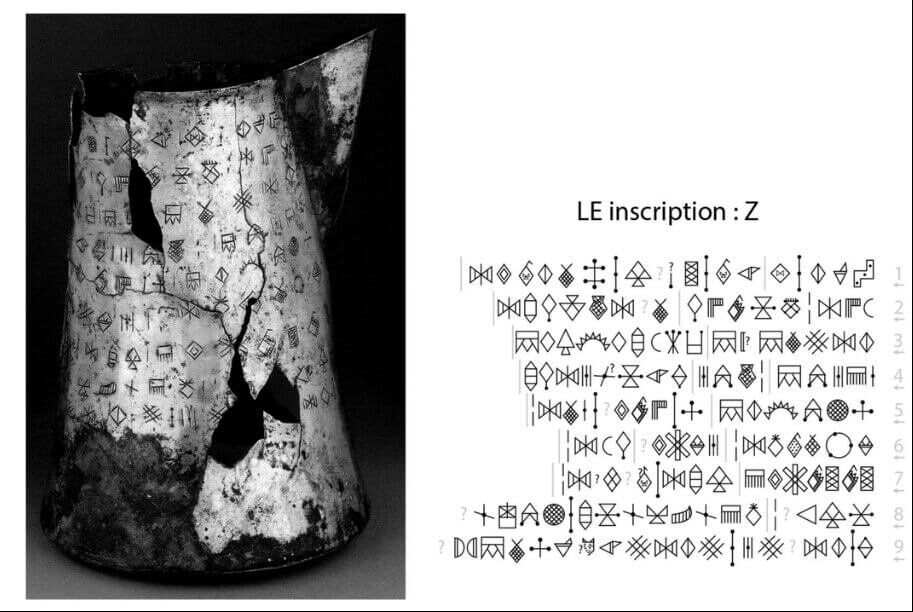A diligent metal detectorist recently discovered a tiny but exquisitely crafted fragment of a Bronze Age gold torc, which is a stunning archaeological find. This "beautifully made" relic, believed to be thousands of years old, sheds new light on the craftsmanship and culture of our ancient ancestors.
Discovered in a field near the picturesque village of Erpingham, Norfolk, this remarkable artifact has captured the imaginations of historians and archaeologists alike. Dating back to the period between 1400 and 1100 BC, the fragment consists of a slender, twisted gold rod measuring a mere 0.09 inches (2.4mm) in thickness, carefully bent into a perfect 0.43-inch (11mm) loop.
What makes this discovery even more intriguing is the unusual form of the torc. Unlike the more common four-flanged examples, this fragment takes the shape of a triangular bar-twisted torc, a feature that sets it apart from similar finds.
Historian Helen Geake, who has been closely involved in the examination of this treasure, shared her insights, suggesting that this unique torc may have held various purposes. Dr. Geake mused, "It could have been intended for reuse or as 'a neat little offering to the gods.'"
A slender twisted bar, it was bent into a spiral in the Middle Bronze Age and is dated to between 1400-1100BC
ANDREW WILLIAMS/NORFOLK COUNTY COUNCIL
The torc, characterized by its two full turns in a spiral, has garnered admiration for the exceptional craftsmanship displayed by Bronze Age goldsmiths. Dr. Geake emphasized, "It's just so cleverly done and emphasizes how good Bronze Age craftsmen were with gold. It's quite tiny, and you have to get your eye in to look at the end and see it's not any old twisted piece of metalwork; it's really beautifully made."
While similar pieces, bent into small loops, have been unearthed over the years, the precise purpose of these artifacts remains a mystery. Dr. Geake suggested that they might have been carefully stashed away for future use, possibly to be melted down and transformed into something new, or perhaps they were humble offerings to the deities of the time.
This fascinating discovery has received official recognition, as it was declared treasure by Norfolk Coroner's Court. The Norwich Castle Museum is now poised to acquire this precious piece of history, ensuring that it remains preserved for future generations to admire and study.
The unearthing of this Bronze Age gold torc fragment near Erpingham serves as a poignant reminder of the ancient artisans' skills and the enduring mysteries that continue to captivate archaeologists and history enthusiasts alike. It is a testament to the rich cultural heritage and the unceasing quest to unlock the secrets of our past.














































